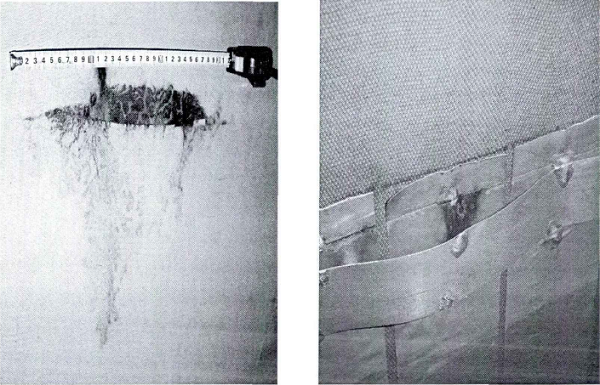One of the causes of transformer failure is dielectric breakdown, which is mainly caused by partial discharge, which causes insulation deterioration and even breakdown. With the development of transformer fault diagnosis technology, people gradually realize that partial discharge is the root cause of many faults and accidents of transformers, so the test of partial discharge is getting more and more attention. In recent years, 50% of power transformer accidents above 110kV are caused by inter-turn short circuit under normal operating voltage, and also caused by partial discharge. Therefore, partial discharge measurement has been taken as one of the important projects for 220kV transformer handover and overhaul. Condition monitoring and troubleshooting will be very effective.
Through the discussion of transformer-related tests, we can see that in the handover test, the relevant test of the transformer is the inspection of the overall insulation of our transformer.
Only by conducting an effective insulation test on the transformer can we judge whether the insulation of the transformer meets our operational requirements. This is the main means by which we can judge whether the transformer can be put into operation.
Read More About : partial discharge tester transformer neutral grounding resistor

The test items are required for 110kV/220kV substation acceptance and maintenance testing(with corresponding tester types):
|
Test Object |
Testing Item |
Tester Type |
|
|
Cable |
Cable AC Hipot Testing |
JYCX |
|
|
Cable Insulation Resistance Testing |
JYM KYORITSU |
||
|
Transformer |
Insulation Resistance of Winding |
JYM KYORITSU |
|
|
DC Leakage Testing in 1min |
JYDHV |
||
|
Winding Resistance Testing |
JYR50S |
||
|
Winding Deformation Testing |
JYP |
||
|
Turns Ratio Testing |
JYT-A |
||
|
AC Hipot Testing |
JYCX |
||
|
Short Circuit Impedance Testing |
JYW6300 |
||
|
Dan Delta Testing |
JYC |
||
|
Oil Breakdown Voltage (BDV)Testing |
JY6611 |
||
|
Oil Tan Delta Testing |
GTD-61A |
||
|
Switchgear |
Circuit Breaker/Disconnector Resistance |
JYL-200B |
|
|
Relay |
Relay Performance |
JY7003G |
|
|
On-load |
On-load Switchgear Testing |
JYK-I |
|
|
Tap Changer Dynamic Testing |
JYK-I |
||
|
Instrument Transformer |
Current Transformer (CT)Testing |
JYH-C |
|
|
Potential Transformer (PT)Testing |
JYH-C |
||
|
Surge Arrestor |
Zinc Oxide Characteristics Testing |
JY6800 |
|
|
1mA DC Reference Voltage |
JYDHV |
||
|
Capacitor |
Capacitor Current |
JY6700 |
|
|
Capacitor Inductance |
JY6700 |
||
|
Ground Grid |
Grounding Down Lead Earth |
JYD |
Related Articles:
What Test Items are Required for 110kV/220kV Substation Acceptance and Maintenance Testing?
What Tests Must be Done before the Transformer Leaves the Factory?
Main Factors Affecting the Operating Life of Transformers
What is the Purpose of Measuring the DC Resistance of the Transformer Winding?
Points to note in transformer oil breakdown voltage (BDV) test
DC winding resistance tester with 500 times tests on a single charge -JYR9310


